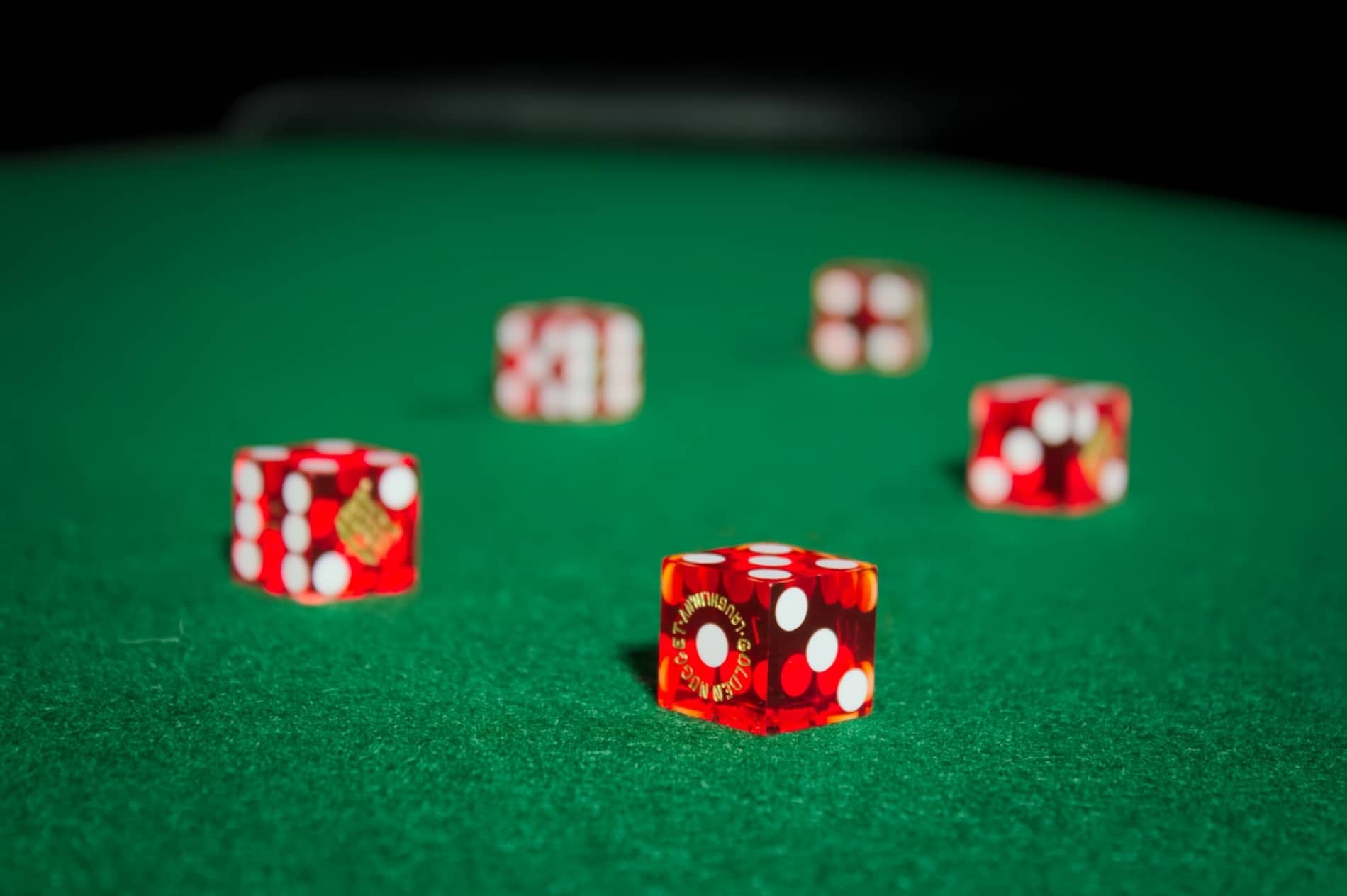How to Predict if You’re Going to Win or Not
Let’s just say that I know how often you’re going to win on Craps, or on that game of blackjack, and by the end of this article, you’ll know too.
You might remember hearing about probability in your 6th grade math class, or you might remember staring out the window in 6th grade because, you know, Math is boring. But Math isn’t boring when it can predict the future.
Probability: Assigning a Number
So how do we use Probability to predict the future? Well the future is messy and we can’t predict events with absolute certainty. Instead, what we can do, is predict how likely it’ll be that certain events will happen. And that’s the definition of Probability, measuring the likelihood that a certain event will occur. But how do you measure an event? For example, how do you measure a party by using math? You’re actually measuring whether the event occurred or not. Did your party happen? Did all of your friends show up and eat, drink and be merry? Or did no one show up and that’s when you remembered that you had no friends and then ate all of the cookies? If the party or the event happened then you would assign it with a number one. If the party or event didn’t happen, then you would assign it with the number zero. So loosely speaking, zero means that it was impossible for the event to ever happen, while one indicates that the event is definitely going to happen.
Okay, so now we know that if an event or party occurs it’s a 1 and if it never happened, then it’s a 0. But what’s the point? Why even assign numbers to events anyway? Well that’s part of the magic and charm of Probability; it makes us assign meaningful numbers to things that no one can actually really know anything about. Assigning an event with either 0 or 1, makes it possible for us to create percentages on what may or may not happen with the event. It allows us to make real, measurable conclusions about random events, using math.
The Coin Toss
The coin toss is a great way of demonstrating Probability because we’re assigning measurable conclusions to random events and what’s more random then a coin toss? No one knows how the coin will fall, but that doesn’t mean we can’t figure out the math. There are two possible outcomes, heads or tails; and out of those 2 outcomes, only 1 is possible, which means that we have a 1 in 2 chance that the coin will land on heads. Because it’s math, we can say “1 in 2 chance” several different ways. 1 in 2 can also be written as ½ and the equivalent to one half is 0.50 which is also 50% or 50/50. So if we flip that coin 100 times, then we can expect it to land on heads roughly around 50 and the same can be said for tails. Remember that it’s normal for us to expect some kind of variation around these numbers.
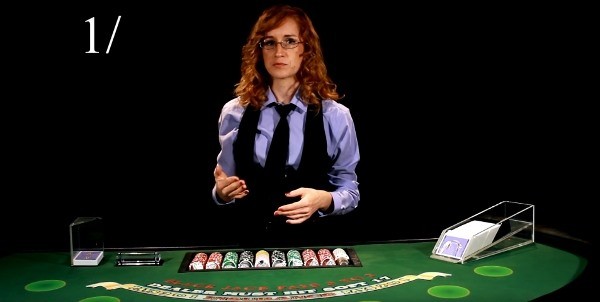
Now that we know the probability for a coin flip, how do we apply this knowledge to other random events? I mean, how on earth is Probability going to predict that my dog actually wants to be a fire truck or if my snake is going to escape her cage? Well, ask yourself these questions when trying to figure out the probability of an event. What are the number of outcomes that can happen with a certain event? So the coin toss was our event and we could only have one winner at a time.

Either heads was the winner or tails was the winner, which means only one of them could be the winner, not both of them. So the answer to that question is 1. We’ll place the "1" here and since we’re on to our second question, we’ll place a divider next to it so that way we can tell the difference between the two numbers. The second question is how many possible outcomes are there? With the coin flip, there were 2 possible outcomes, heads and tails.
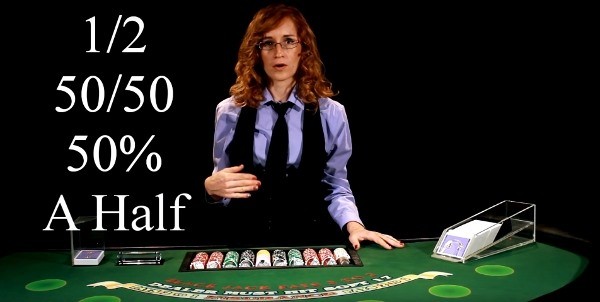
So we’ll put 2 next to the divider and that gives us ½ which if you remember is also the odds for a coin toss, which is 50/50 which can also be written as 50% or ½ .
Rolling Dice
So let’s try this with something a bit harder, like a die. What’s the Probability that a die will land on 3? Well, first let’s ask ourselves, what is the number of ways that a die can show a 3? Since we are only using one dice, and there is only one way to get a 3 on a die, then there’s only one possible outcome. We’ll place the 1 here and
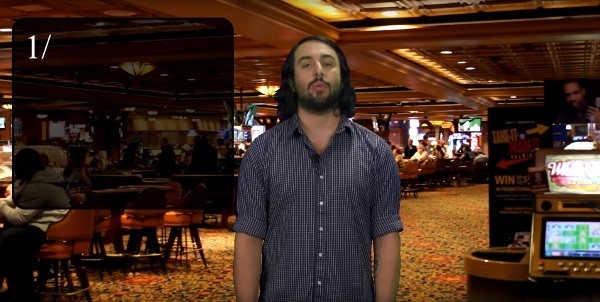
then we’ll place the divider right next to it. The second question is how many possible outcomes are there? There are 6 sides on one die and that means there are 6 possible numbers that the die can land on. So the answer to that question is 6 and we’ll place that number next to the divider, giving us 1/6 or 16.67%. We’re doing good, now what is the Probability of it NOT hitting a 3? In that case, there are 5 other numbers on the die that are not a 3, so instead of saying,” the chance of hitting a 3 is 1/6 or 16.67%”, we could say, “the chance of hitting any other number besides a 3 is 5/6 or 83.3%”.
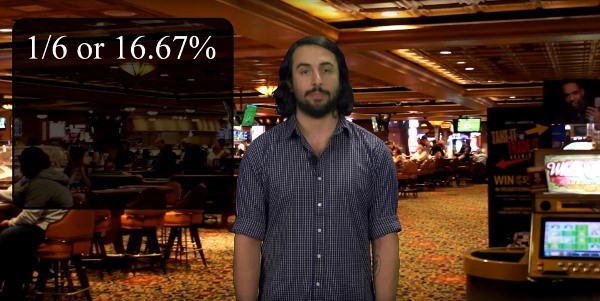
But the game of Craps doesn’t play with just one die; instead it plays with two. So how would you figure out the probability that Snake Eyes is going to hit? Let’s quickly go back to the coin example. If we were to flip two coins instead of one, then instead of talking about just one event, we’re now talking about two. So with the coin, we now have a 1 in 2 chance twice. Mathematically speaking, that’s ½ multiplied by ½ which equals ¼. So, there’s a 1 in 4 chance, or a 25% chance, of tossing heads and then heads again. That means, with the dice, we would take 1/6 and multiply it with 1/6 to get 1/36. So there’s a 1/36 chance or 2.78% chance that you’ll roll Snake Eyes.
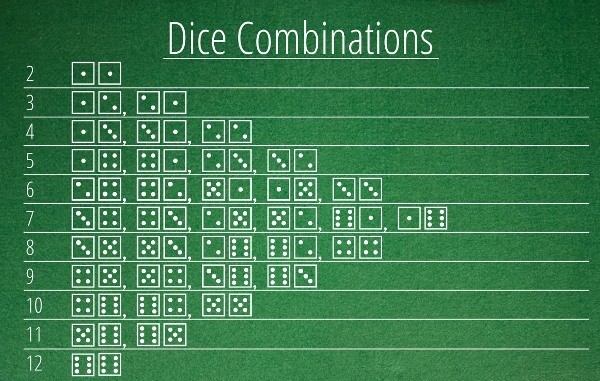
Let’s break this down even more. When rolling 2 dice, the probability of rolling a certain combination is 1/36. That means there are 36 combinations of numbers that the dice could possibly roll, and not all of those numbers are created equal. There are some combinations that show up much more frequently than others. 2 and 12 are rolled the least because there’s only one combination that can give us these numbers. While the number 7 has the most combinations or number of ways it can be rolled. 7 is the only number out of the group that has 6 combinations. This means that there’s a higher probability of rolling a seven then there is of rolling a 2. Which is why the casino takes your money on the number 7, and not the number 2. There’s a 16.67% chance that the player will roll a 7 compared to the 2.78% chance that they’ll roll a 2 and that’s why it always good to know probability before playing a game.
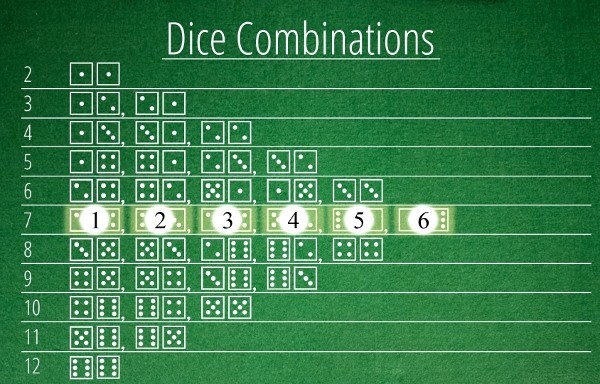
I want to give a special thank you to Professor Dave for helping me explain Probability to you. Go check out his YouTube channel for a more detailed video on Probability, as well as more great content from Dave.
Related Free Learning Hubs
Vegas Aces offers free courses, PDF manuals, charts, and more on dozens of casino games to help you advance your casino career.
Related Article Archives
Related Articles
Best Card Games For Big Groups: Card Games To Play With 10 People
Posted Apr 23rd, 2025
Beyond Luck: The Rise of Skill-Based Gambling in the Digital Era
Posted May 1st, 2025
Understanding Player Choices in Different Casino Environments
Posted Aug 26th, 2025
The Hidden Mathematics That Powers Modern Casino Favorites
Posted Sep 30th, 2025
Short vs Long Casino Games: Which Type Suits Your Playing Style?
Posted Oct 15th, 2025

